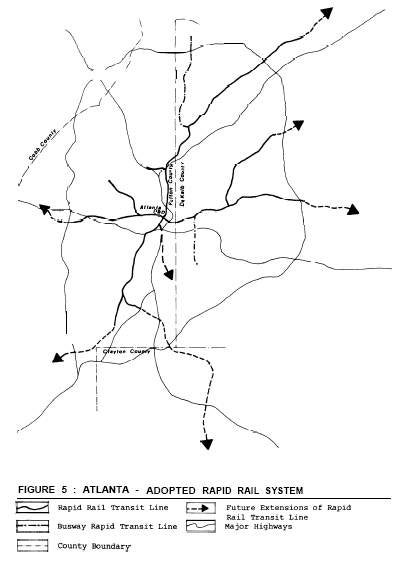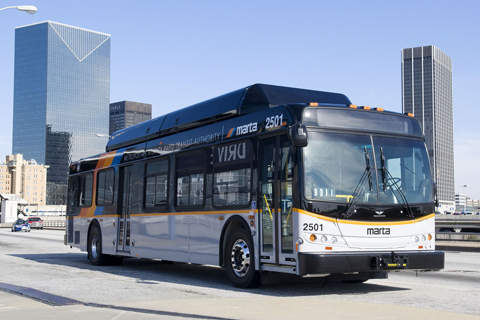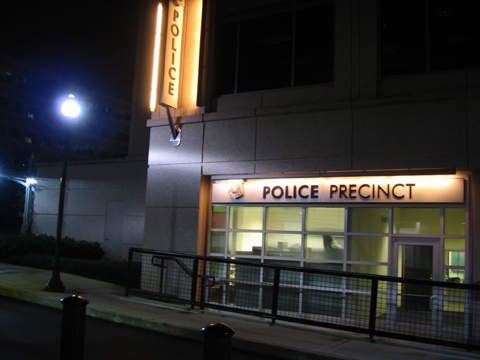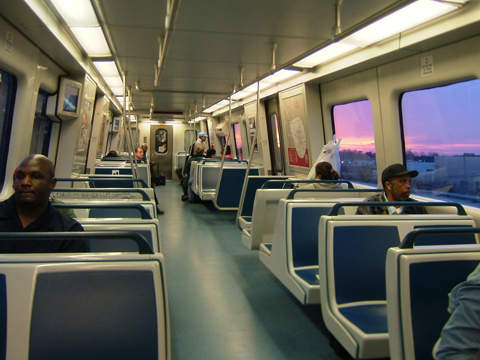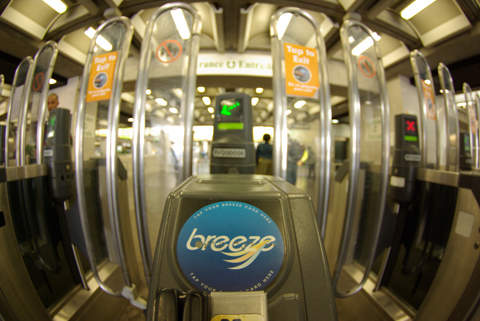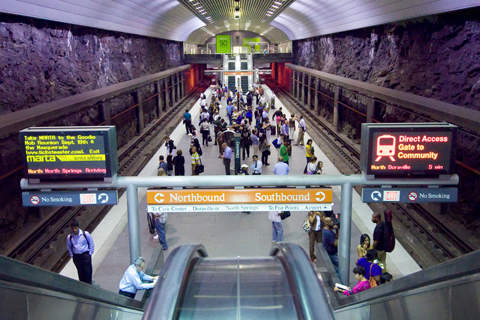The Atlanta Metro Rail Project is the largest public works project undertaken in Southeast US to date. It consists of four railway lines – the Red Line, Gold Line, Blue Line and Green Line – that serve 38 metro stations and cover 79.2km.
Prior to October 2009, these lines were named North-South Line, Northeast-South Line, East-West Line and Proctor Creek Line respectively. All the lines are operated by Metropolitan Atlanta Rapid Transit Authority (MARTA).
MARTA was formed in 1966 for the five largest metropolitan counties: DeKalb, Fulton, Clayton, Gwinnett and Cobb. It is the ninth largest state transit agency in the US. It was initially formed to operate the rapid bus transit system of Atlanta.
MARTA began the construction of the East-West Line (now the Blue Line) in 1975, and the first train was put into service in June 1979. By 2006, around 259,900 passengers were using the metro system a year.
In 2003, MARTA began a five-year rehabilitation programme to rebuild and upgrade all of the metro’s tracks and refurbish 218 older cars. The programme required an estimated investment of $300m and was completed in February 2009.
MARTA received assistance from LTK Engineering Services, Parsons and S L King & Associates for the development, implementation and management of the rehabilitation programme. Another programme, called Lifecycle Asset Reliability Enhancement (L-CARE), was also executed to maintain the newly rehabilitated vehicles.
Lines and routes
The Atlanta Metro was initially intended to be an 81km rail network running partly underground (14km and ten stations), partly at grade (37km and 17 stations) and partly elevated (30km and ten stations).
The Blue Line entered into service in June 1979. It was initially constructed to link Georgia State station in the city centre to Avondale, and extended eastwards to Indian Creek in the early 1990s.
The Red Line began operating in 1981 from Garnett to North Avenue. It was extended northwards to Leno and southwards to Lakewood in 1987. A 3.2km extension to North Springs was completed in 2000.
The Gold Line runs between Doraville in the north and the International Airport in the south, and the Green line operates between Bankhead in the west to Edgewod in the east.
All four lines meet at Five Points station in downtown Atlanta.
Infrastructure
The Atlanta Metro stations are 2.1km apart on average, reduced to 680m in downtown Atlanta. All stations have a 183m-long platform, allowing them to accommodate eight-car trains.
Most of the suburban stations have free daily and paid long-term parking facilities in park-and-ride passenger areas near station entrances.
MARTA has its own police department with 300 officials. It is the ninth-largest police department in Georgia.
The Atlanta Metro trains are operated by the automatic train control (ATS) system. An operator is present on all trains: beyond making announcements and operating the doors, they will manually operate the control system in the event of ATS failure.
Rolling Stock
MARTA’s fleet has been in service for 25 years. It consists of:
- 118 CQ310 cars, built by Société Franco-Belge between 1979 and 1982
- 120 CQ311 cars, built by Hitachi between 1984 and 1987
- 100 CQ312 cars, built by Breda between 2001 and 2005.
In 2002, Alstom were contracted to overhaul all 238 CQ310 and CQ311 cars as part of a $246m refurbishment contract.
Each rail car was fitted with new brakes, propulsion systems and communication systems as part of the contract. Interior lighting was improved, the climate control system upgraded and the seats, doors and stainless steel hand-grabs were replaced. The auxiliary electrical system was redesigned and upgraded to ergonomically enhance the operator cabs.
The cars can run at a top speed of 110km/h. All are air-conditioned and powered by an electrified third rail.

